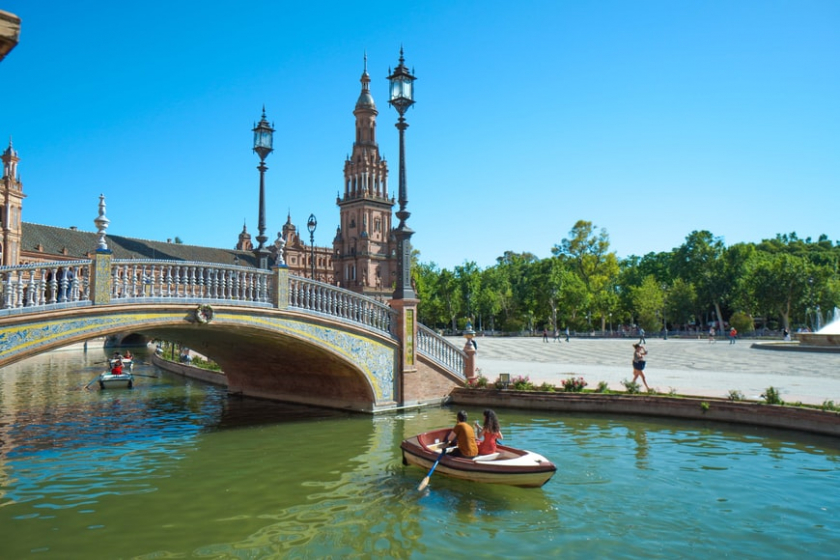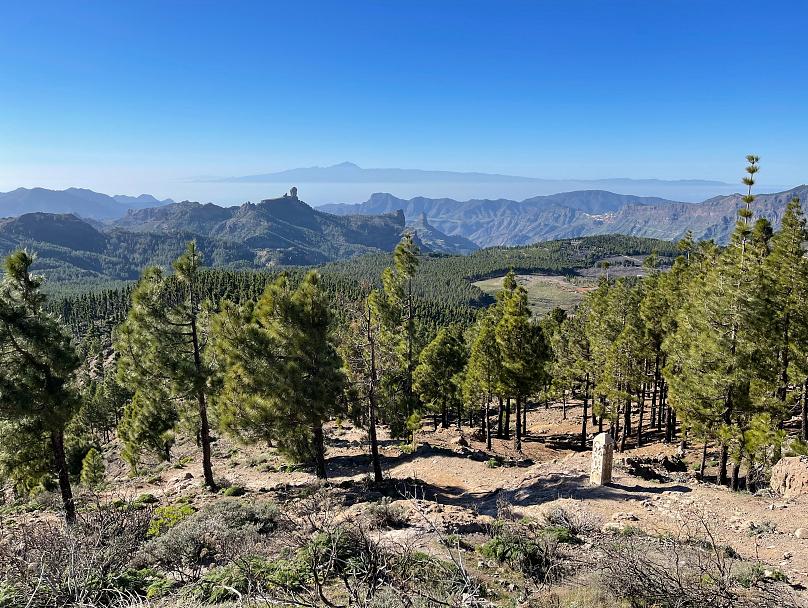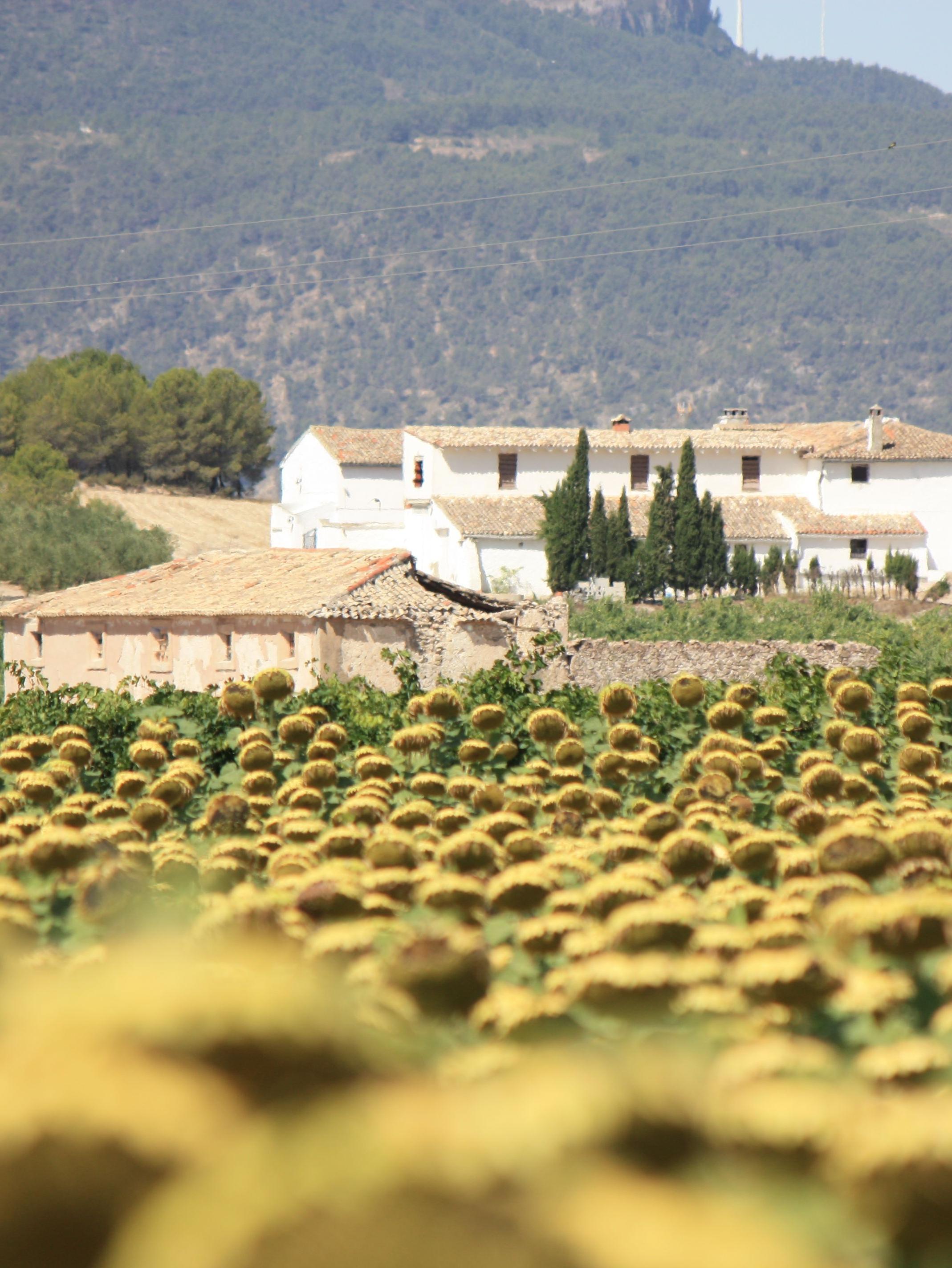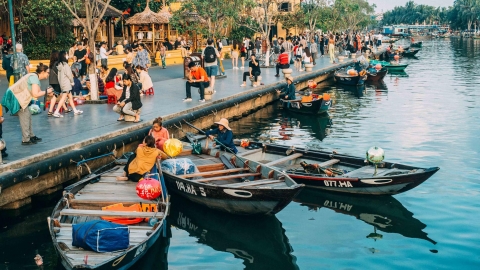With remote working becoming more popular, Spain is planning to introduce a digital tourist visa that will allow visitors to stay and work in the country for up to 12 months, which will then be extended to up to three years.
Startups can also receive tax incentives to encourage young entrepreneurs to move to a new work location.
The lack of employment opportunities in rural Spain has seen many towns and villages depopulated, making them more receptive to remote workers.

Spain's new law is part of the country's recently introduced Start-up Act.
There are currently around 30 towns and villages across Spain that have decided to take part.National Network of Villages Welcoming Remote Workers, to encourage visitors to come and work. All of these localities have less than 5,000 residents and want to attract new residents to build resettlement resources.
Even though the tourists only stay for a short time, the locals hope that it will attract a large number of visitors, helping to regenerate the local community where they live.
If you think this sounds like a good idea, here are some options for you:
Tejeda, Gran Canaria
The only option on the Canary Islands, the village of Tejeda is ideal for those looking for a warm climate all year round. The average annual temperature in Tejeda is around 19ºC and the annual rainfall is only 700mm.
With a total of 1,921 residents, this village is always bustling with small markets selling local handicrafts, and many restaurants to choose from for your meal. The cost of living in the village, including food and accommodation, is around 240 Euros (about more than 6 million VND) per person/week.

The scenery at Tejeda is one of the things that attracts tourists here.
San Vicente de La Sonsierra, La Rioja
Set on top of a hill and surrounded by vineyards that produce Rioja's famous wines, San Vicente de La Sonsierra is a charming and historic village. The winding streets lead to the top of the hill, where there is a castle and church with panoramic views of the village.
Although there are only about 1,000 people living here, local amenities such as a medical center, post office, library and a series of shops are still fully operational. On average, the cost of accommodation and food here will be 205 Euros (more than 5 million VND) per person per week.

The top of this town is a great vantage point for panoramic views of the surrounding Rioja region.
Rabanales de Aliste, Zamora
Located close to the border with Portugal, the number of residents living in this village is only about 500 people, which means that the population here is getting older, leading to the disappearance of the traditional language as well as local ancient stories. Therefore, Rabanales de Aliste becomes a village for tourists who love language - culture and want to experience practicing a completely new language. You should spend some time to prepare to learn a little about the local language before coming here, to help people maintain the long-standing traditional customs in this village.

Rabanales de Aliste currently has less than 500 inhabitants.
Long walking trails and mountain biking trails make it a great place for fitness enthusiasts. A week’s stay will cost you around €270 (nearly £250) and you can work remotely for free from a former school in the village.






























